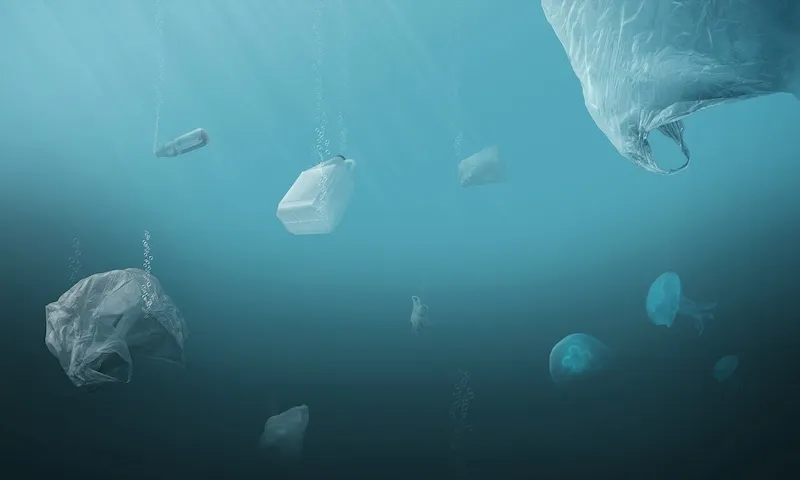
The Center for International Environmental Law (CIEL) that works towards strengthening international law and institutions for human health and environmental protection has shown that chemical regulations such as REACH could in fact be beneficial and promote green chemistry innovation.
Indeed, REACH has given companies the time to research and find safer alternatives to hazardous chemicals before they are removed from the market. It has enabled them to prepare for the upcoming compliance deadlines.
Baskut Tuncak, author of CIEL�s Driving Innovation: How stronger laws help bring safer chemicals to market report takes the example of Johnson & Johnson to show how large companies are being encouraged by regulations as well as consumers to develop safer chemical alternatives.
Chemical regulations have also opened up a new market for the alternative chemicals that already existed but were very rarely used.
Certain phthalates, for example, are known by regulators worldwide as being endocrine disruptors and have been associated with health issues such as genital deformation, cancer, obesity and diabetes.
Alternatives to this chemical existed but before the regulation, they were pushed aside.
To remedy this issue, CIEL advises policy makers worldwide to:
- Make sure it is the chemical manu-facturers that are responsible for the chemicals� safety
- Phase-out chemicals containing certain intrinsic hazards
- Consider endocrine disruptors as intrinsic hazards that cannot be properly dealt with
- Internalise the costs of hazardous chemicals
- Promote data access for all stakeholders
- Shape stronger international laws to ensure a level playing field worldwide
Read the report (EN)
Article published in The Molecule 7
Need a quote?
Contact us via phone: for North America please dial + 1 (778) 231-1607 or for Europe +33 (0)1 83 64 20 54 or email us: contact@ecomundo.eu
The Center for International Environmental Law (CIEL) that works towards strengthening international law and institutions for human health and environmental protection has shown that chemical regulations such as REACH could in fact be beneficial and promote green chemistry innovation.
Indeed, REACH has given companies the time to research and find safer alternatives to hazardous chemicals before they are removed from the market. It has enabled them to prepare for the upcoming compliance deadlines.
Baskut Tuncak, author of CIEL�s Driving Innovation: How stronger laws help bring safer chemicals to market report takes the example of Johnson & Johnson to show how large companies are being encouraged by regulations as well as consumers to develop safer chemical alternatives.
Chemical regulations have also opened up a new market for the alternative chemicals that already existed but were very rarely used.
Certain phthalates, for example, are known by regulators worldwide as being endocrine disruptors and have been associated with health issues such as genital deformation, cancer, obesity and diabetes.
Alternatives to this chemical existed but before the regulation, they were pushed aside.
To remedy this issue, CIEL advises policy makers worldwide to:
- Make sure it is the chemical manu-facturers that are responsible for the chemicals� safety
- Phase-out chemicals containing certain intrinsic hazards
- Consider endocrine disruptors as intrinsic hazards that cannot be properly dealt with
- Internalise the costs of hazardous chemicals
- Promote data access for all stakeholders
- Shape stronger international laws to ensure a level playing field worldwide
Read the report (EN)
Article published in The Molecule 7
Need a quote?
Contact us via phone: for North America please dial + 1 (778) 231-1607 or for Europe +33 (0)1 83 64 20 54 or email us: contact@ecomundo.eu







